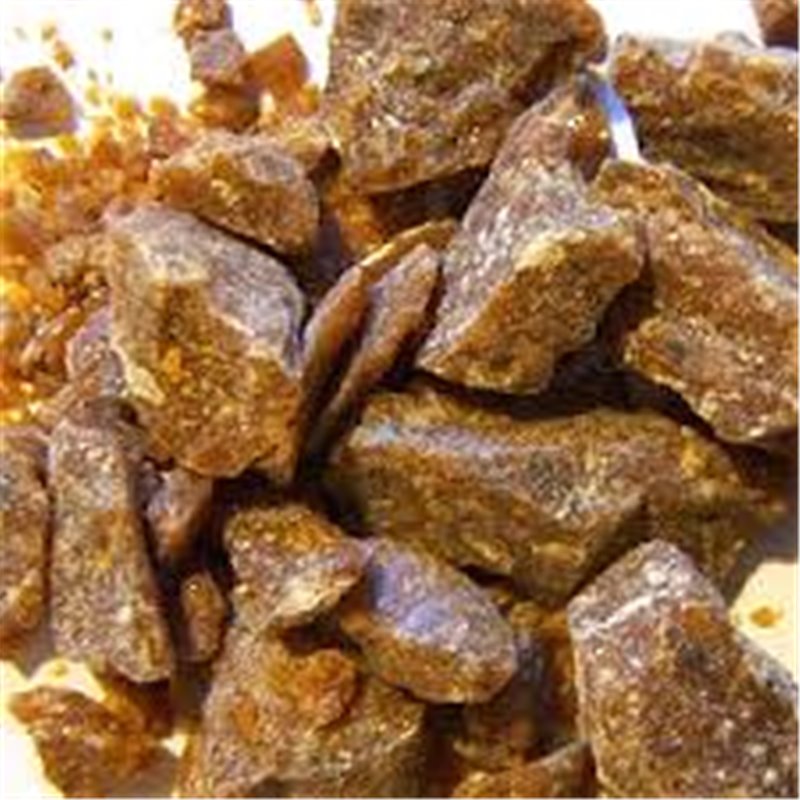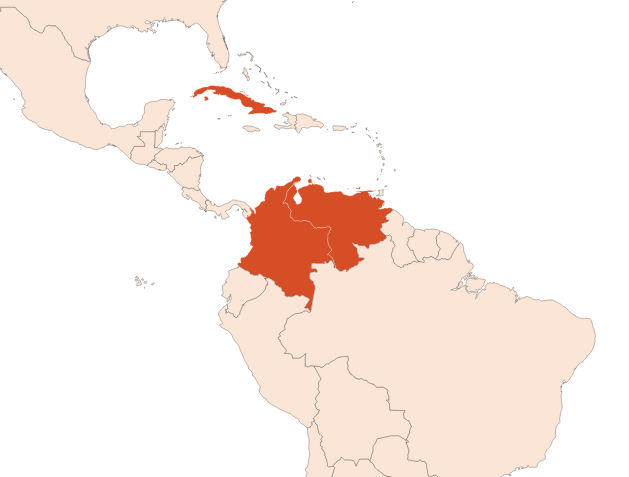
| Company | Ingredient Name | ID | Comments | Naturality | Certifications | Purity | Latin name | Treated part | Geographical origin | MOQ |
|---|---|---|---|---|---|---|---|---|---|---|
|
|
Resinoide de Tolu - 30 gr | - |
Visit website
|
- | - | - | - | - | - |
General Presentation
-
CAS N° : 9000-64-0 / 8024-03-1
-
EINECS number : 232-550-4
-
FEMA number : 3070
-
Appearance : Brown resin
-
Density :
-
Volatility : Heart/Base
-
Price Range : €€€
Physico-chemical properties
-
Optical rotation : Donnée indisponible
-
Vapor pressure : Donnée indisponible
-
Refractive Index @20°C : Donnée indisponible
-
Acid Value :
-
Flash Point :
Uses
Uses in perfumery :
Used in amber fragrances and floral bases for a warm and soft touch. Useful for a reconstitution of vanilla pods.
Major Components :
- Benzyl Benzoate (50-55%)
- Benzoic Acid (20-25%)
- Ethyl Cinnamate (≈7%)
- Cinnamic Acid (≈5%)
- Cinnamaldehyde (≈2%)

Photo credits: ScenTree SAS
Botanical name :
Myroxylon balsamum (L.) Harms
Synonyms : Myrospermum balsamiferum Ruiz & Pav. // Myrospermum pereirae Royle
Botanical profile :
The Tolu balsam comes from a balsam tree of the Fabaceae family and the genus Myroxylon.
Chemotypes :
The genus Myroxylon includes only two species :
Myroxylon balsamum grouping the two varieties used in perfumery : Peru Balsam Resinoid (var.pereirae) and Tolu Balsam Resinoid (var.toluiferum).
Myroxylon peruiferum : less used in perfumery.
Extraction process :
The explotation of balsam trees begins when the tree reaches 20 to 30 years because the trunk has a greater width and therefore, yield is better. The local people, called ''balsameros '', are responsible for strategically incising (V-shaped incision) the trunk of the tree causing an immune response and allowing the exsudation of a brown balm. This incision is usually made from January to May during the dry season and from May to September during the rainy season. Following the incision, the farmers come to apply an inflamed torch on the wounded surface. This step is essential otherwise the balm would not exhilarate. Then, they put rags directly on the trunk to collect the balm by absorbing all of the exsudate for a few weeks. Afterwards, the rags are collected and boiled to separate the balm from the fabrics.
After the balm is collected, it is diluted in alcohol to precipitate heavy and insoluble bodies. Precipitation is favored by glazing, which means subjecting the balm-alcohol mixture to a temperature gradient of 140 °F to 32 °F to obtain the resinoid. The resinoid is obtained with an extraction yield between 60 and 70%.
The Tolu resinoid can be distilled to be bleached, without a great olfactory deterioration.
Other comments :
The smell of Peru Balsam resinoid is more animalic than the Tolu resinoid one, more greedy and caramelized.
Stability :
Solubility issues in perfumes
The esters identified in this raw material can form their corresponding acid in stability tests
Regulations & IFRA
Allergens :
Cinnamyl Alcohol - Cinnamates
IFRA 51th :
This ingredient is not restricted for the 51th amendment


